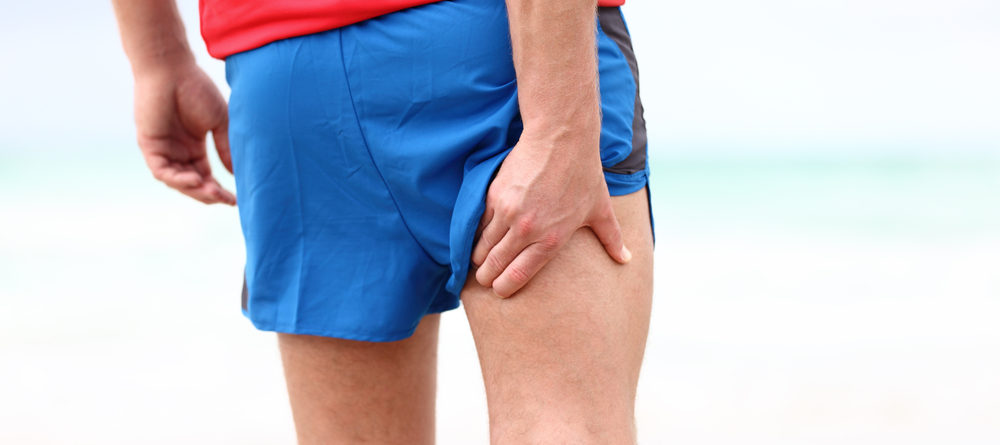TENDON PAIN ? WHAT YOU SHOULD KNOW
If you suffer from tendinopathy (tendon problems) you know how frustrating it can be. Unlike muscles, tendons have very poor blood supply and don’t heal as easily. Tendons actually need to be used (loaded) in controlled way to get better. It takes time, commitment and professional guidance to get good long term results. Unfortunately, many people try to take a short cut and more often than not, the results are poor and the frustration grows even bigger.
One of the gurus in the field of tendinopathies of lower limb Professor Jill Cook (La Trobe University Melbourne) prepared a 10 point list of things NOT TO DO when you’re suffering from lower limb tendon pain.
- Having Complete rest
- Resting just decreases the ability of the tendon to take load. It also affects the muscle attached to the tendon and the rest of the leg, leaving the person with less ability to load the tendon.
- Conversely you cannot ignore the pain (point 4), you have to reduce loads to the level that the tendon can tolerate and then slowly increase the tolerance of the tendon to load.
- Relaying ONLY on passive treatments
- Treatments that do not address the need to increase the ability of the tendon to take load are not usually helpful in the long term, although they might give short term pain relief.
- However, manual/hands on treatments can be necessary to address muscle imbalances that contribute to faulty biomechanics and caused the increased loading of the tendon in the first place.
- Treatments like electrotherapy and ice are good but will only temporarily decrease pain only for it to return when the tendon is loaded.
- Having injection therapies
- Injections of substances into a tendon have not been shown to be effective in good clinical trials. In fact many of them are based on the false premise that tendons heal like other tissues and that there is a capacity to return a pathological tendon to normal. Furthermore, Cortisone can cause structural changes (weakening) of the tendon and further decreasing the ability to improve.
- Many Rehabilitation practitioners believe that you should not have injection in a tendon unless the tendon has not responded to a good exercise based program.
- Shock Wave therapy can be a viable option to decrease pain and continue with the exercise program.
- Ignoring your pain
- Manage the load on your tendon, pain is a way of telling you that the load is too much.
- Reduce the aspects of training that are overloading your tendon (point 10).
- Stretching the tendon
- With problem of a tendon there is a protective muscle contraction, this gives the feeling of constant tightness in the muscle.
- Adding stretching to most tendons only serves to add compressive loads that we know are detrimental to the tendon.
- If your muscles are tight use massage, spikey ball, to loosen them.
- Massaging your tendon
- A tendon that is painful is one that is telling you that it is overloaded and irritated, therefore adding further insult by massaging it can actually increase your pain. Sometimes tendons will feel better immediately after a massage but can then be worse when you load them.
- However, massage/osteopathic treatment of the attached muscle can be helpful.
- Worrying about the images of your tendon
- The pictures of your tendon with ultrasound and MRI can frighten you, and the words used by doctors such as degeneration and tears can make you wonder if your tendon should be loaded. There is good evidence that the pathological tendon can tolerate loads, especially when you gradually increase the loads on them.
- Worrying about rupture
Pain is protective of your tendon, it makes you unload it, in fact most people who rupture a tendon have never had pain before, and despite the tendon having substantial pathology in it (see point 7).
- Taking short cuts with rehabilitation
- Ignoring your exercises and thinking that the tendon will heal is a big mistake! , you need to take the time. The tendon needs to build its strength and capacity through controlled loading.
- Although this can be a substantial period (up to 3 months or occasionally even more), the long term outcomes are good if you do the correct rehabilitation.
- Things that are promised as cures (see point 3) often give short term improvement but the pain recurs when the loads are resumed on the tendon.
- Not understanding of what loads are high for your tendon
- The highest load on your tendon is when you use it like a spring, such as jumping, changing direction and sprinting.
- Any loads that do not use these movements are low load for a tendon, so exercise using weights and exercise that is slow will not place a high load on the tendon, although they can certainly have a beneficial effect on the muscles.
Summary
The take home message is that exercise-based rehabilitation is the best treatment for tendon pain. A progressive program that starts with a strength program and then progresses through to more spring like exercises and including endurance aspects will give the right loads on the tendon and the best long term results. Make sure you see a qualified health professional with expertise in this area to guide your rehabilitation.


